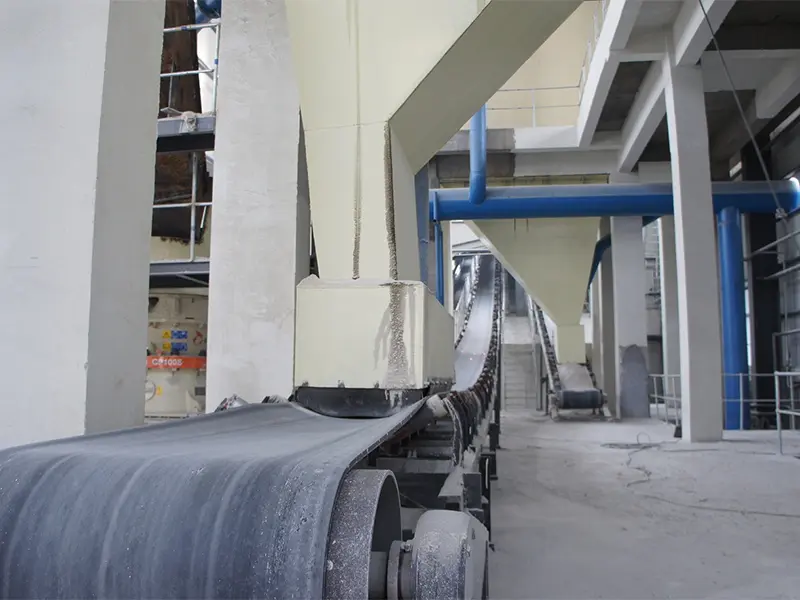The Invention Story of the Ore Feeder
2025-06-24
The ore feeder, an essential component in the mineral processing and mining industries, was developed as a solution to a fundamental challenge—efficient and controlled delivery of bulk materials such as ores, coal, or gravel to crushers, conveyors, or screens. Its invention marked a significant milestone in the evolution of industrial machinery, transforming how raw materials were handled and processed in early mining operations.
In the early days of mining, materials were transported manually or through basic gravity-fed chutes. This approach was labor-intensive, inconsistent, and prone to spillage and loss. As mining expanded during the Industrial Revolution, there was a growing need for a more reliable and automated system to regulate the flow of ore from storage bins to processing equipment. The solution came with the advent of mechanical feeders.
The first ore feeders were relatively simple mechanical devices. One of the earliest and most influential designs was the apron feeder, invented in the late 19th century. It consisted of a series of overlapping metal plates mounted on rollers or chains that moved in a continuous loop. This design allowed for durable and controlled movement of heavy and abrasive materials. Innovators and engineers modified and refined the design, eventually giving rise to various types of feeders such as vibratory feeders, belt feeders, and reciprocating plate feeders.

The vibratory ore feeder, introduced in the early 20th century, was a major innovation. It used vibrations generated by motors or electromagnetic devices to move material in a controlled flow. This advancement allowed for finer adjustment of feeding rates, reduced maintenance needs, and better handling of smaller or sticky materials. These feeders became popular in metallurgical and chemical industries as well.
Over time, ore feeders were further enhanced with modern control systems, sensors, and automation technologies, making them smarter and more efficient. Today, they are critical for ensuring seamless operations in mining plants, reducing energy consumption, and improving productivity.
Conclusion
The invention of the ore feeder was driven by the necessity to improve efficiency and consistency in ore handling. From rudimentary chutes to sophisticated vibratory systems, the development of ore feeders mirrors the broader trend of industrial mechanization. As technology advances, these machines continue to evolve, playing a vital role in modern material processing industries.
As a professional manufacturer and supplier, we provide high-quality products. If you are interested in our products or have any questions, please feel free to contact us.